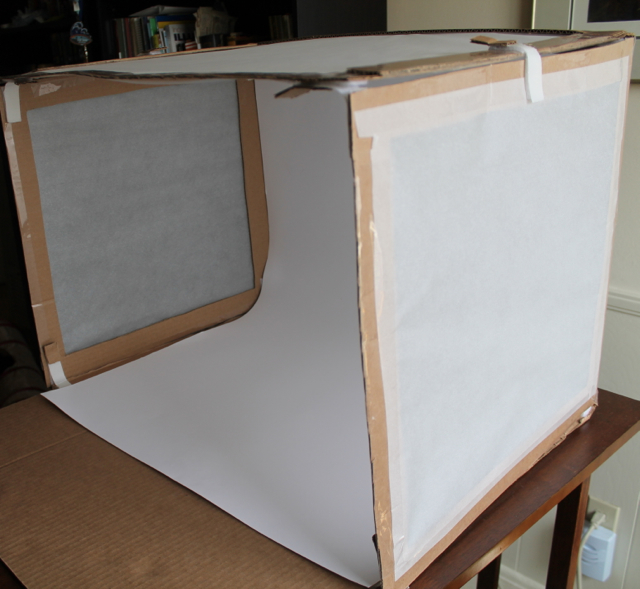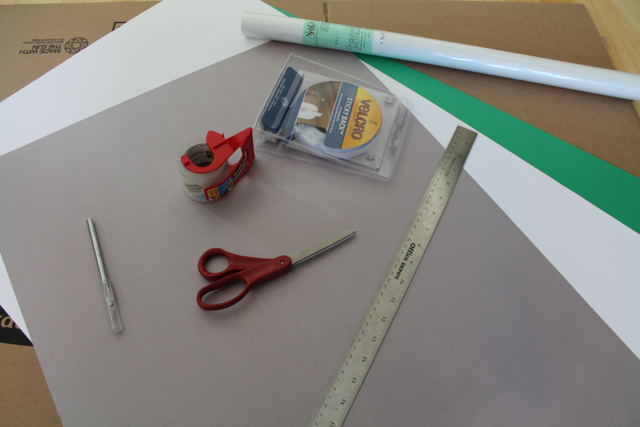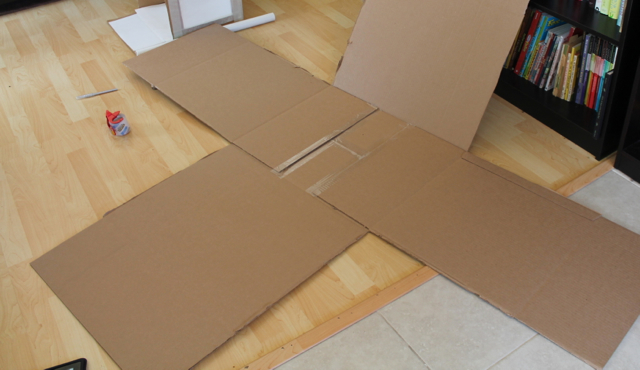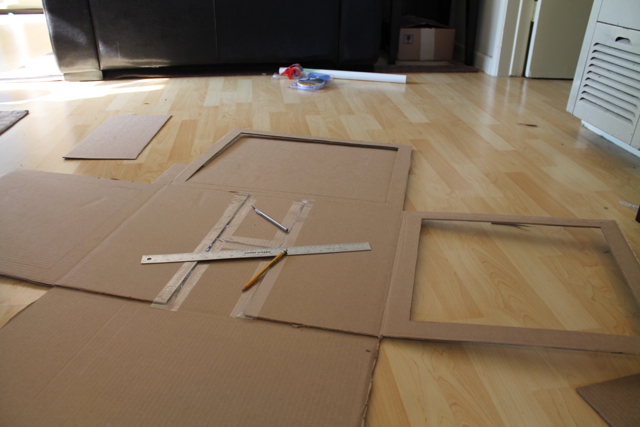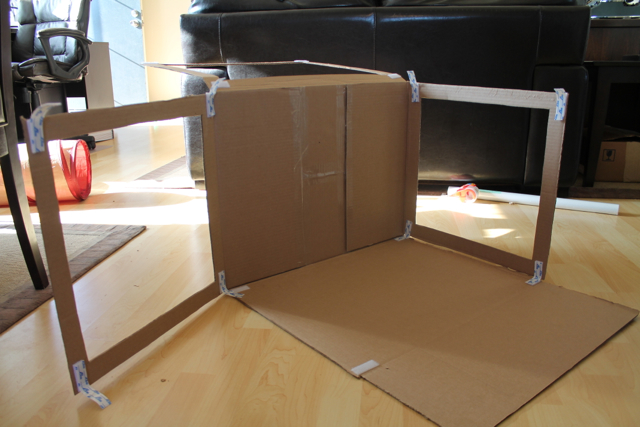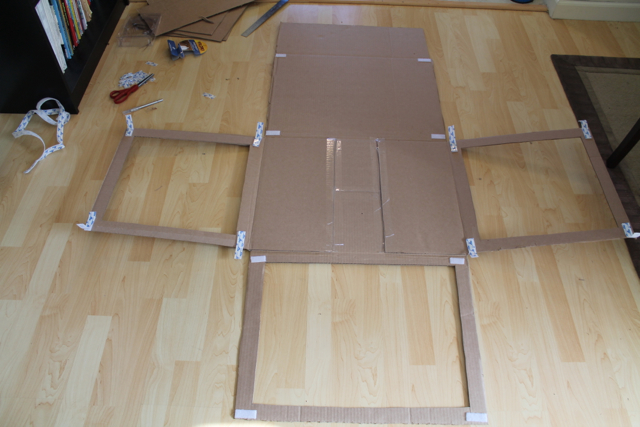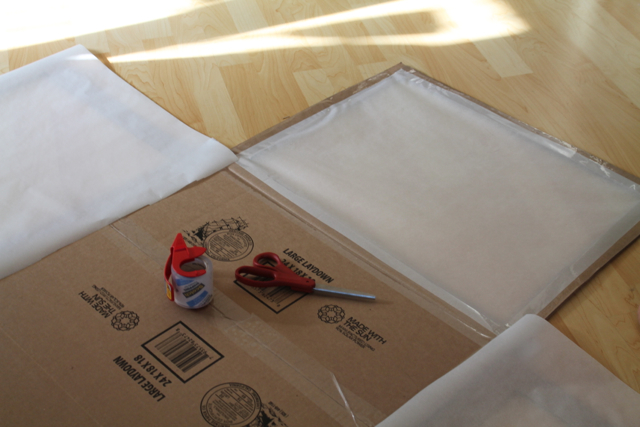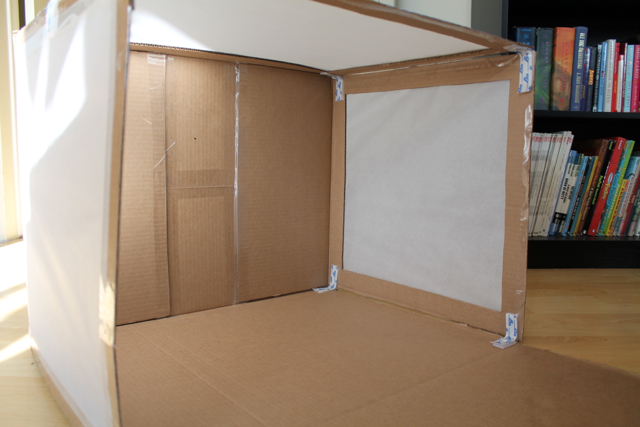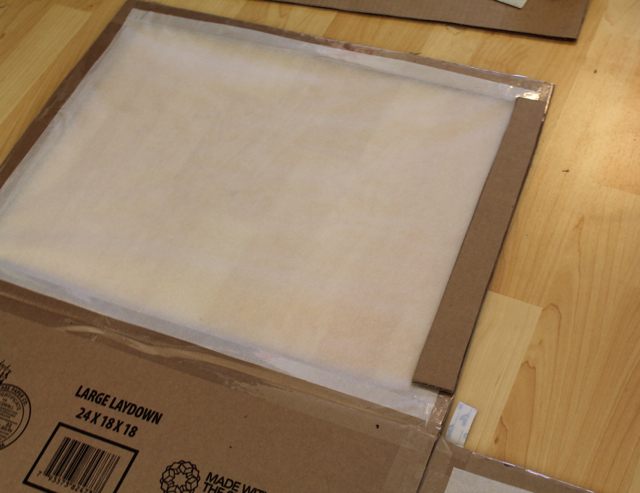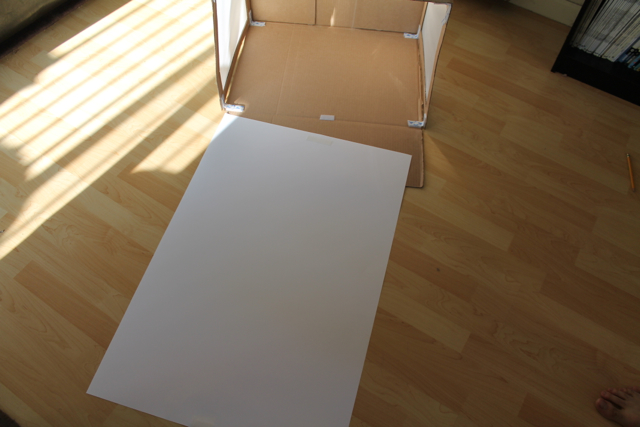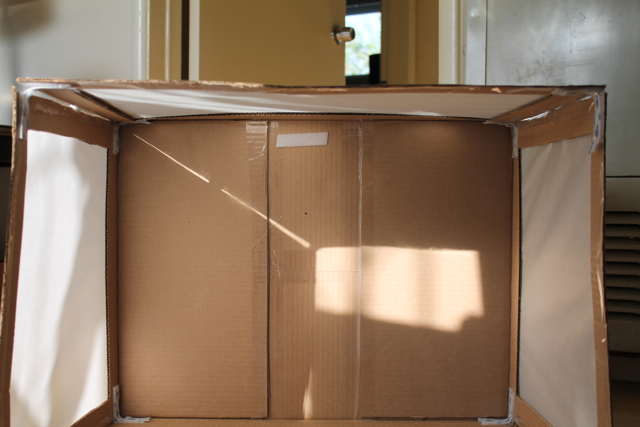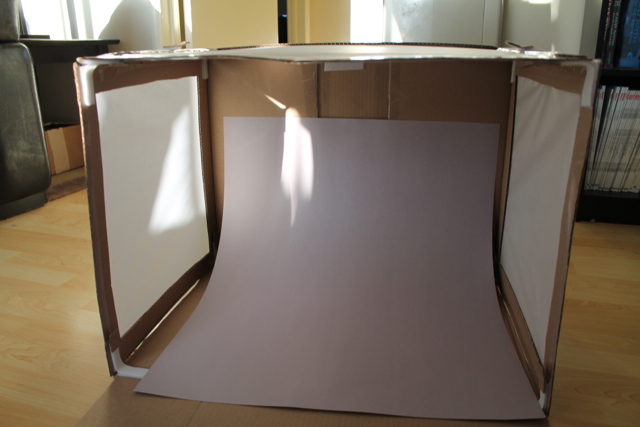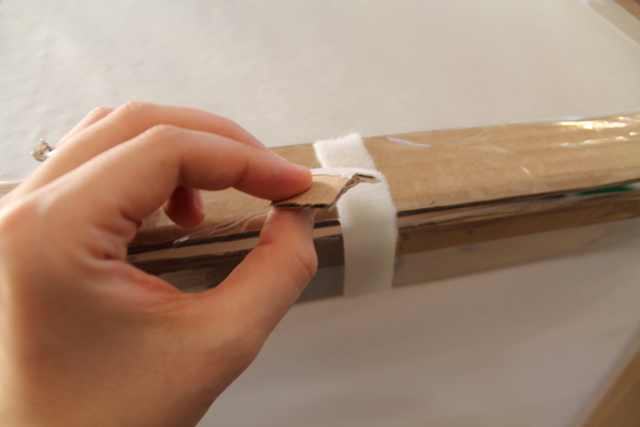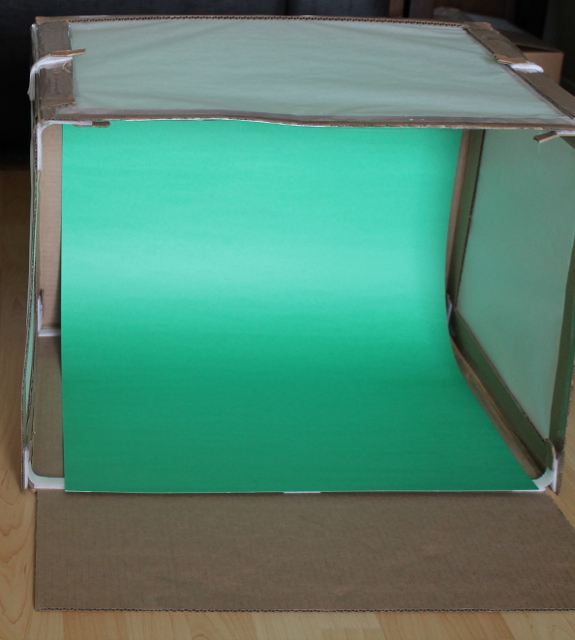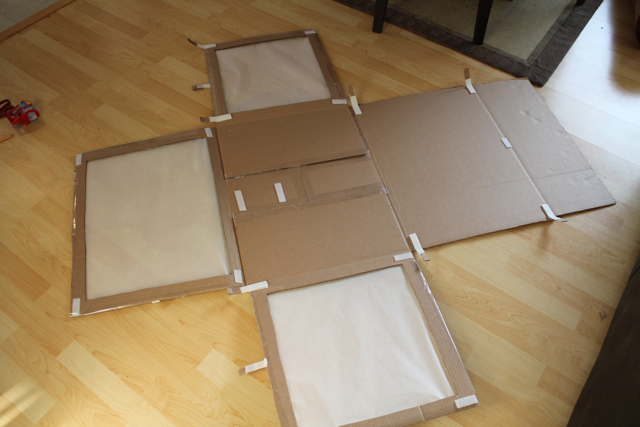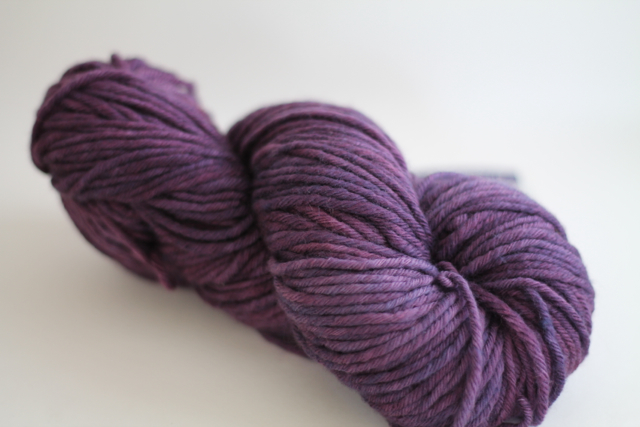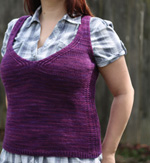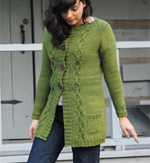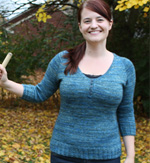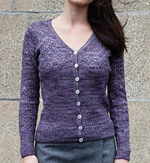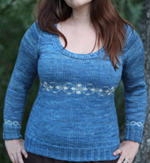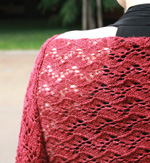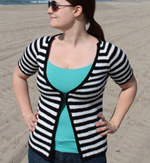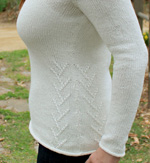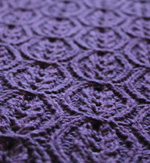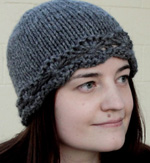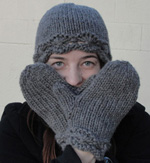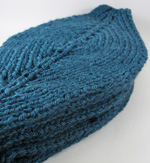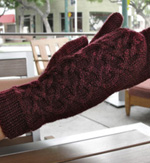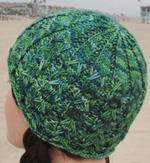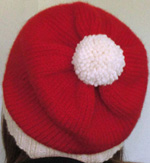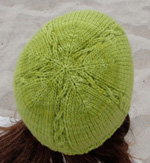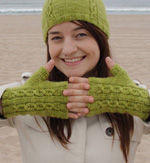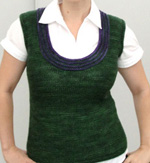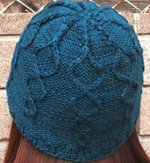Blog Week Day 5: Something a Bit Different 5kcbwday5
You know what I’ve never done? A knitting photo tutorial. I use them all the time, and I love blogs that have them, but I’ve never taken the time to do a clear sequence of photos that show a technique.
Below is my first-ever knitting photo tutorial. It’s the Daisy Pattern I used in my Daisy Cloche and Daisy Mittens. It can be a little tricky to work, and I’ve had a few questions about it, so I thought it would be perfect for a tutorial.
Warning: photo heavy post ahead (but I bet you guessed that!).
DAISY STITCH TUTORIAL
Round 1: To begin, I cast on a number of stitches for a swatch and purled the first row as it states in the pattern (note: the Daisy Cloche and Mittens are worked in the round, but I worked my swatch flat. The technique is the same–just ignore the extra strands behind the swatch).
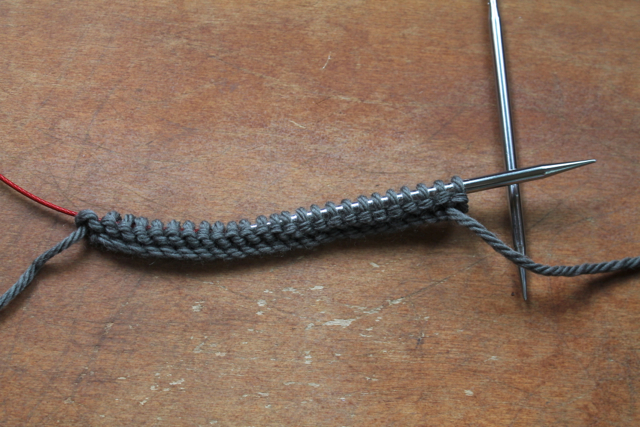 Round 2: The next step says to k1, then k the next stitch, wrapping yarn three times around the needle instead of one.
Round 2: The next step says to k1, then k the next stitch, wrapping yarn three times around the needle instead of one.

 See the three wraps around the right-hand needle where you would usually have only one? Don’t worry if it looks messy–that will be fixed later.
See the three wraps around the right-hand needle where you would usually have only one? Don’t worry if it looks messy–that will be fixed later.
Work four more stitches like this: Continue along the rest of the stitches in this manner, working a knit stitch between each group of five triple-wrapped stitches. Here’s what it should look like when you’re done:
Continue along the rest of the stitches in this manner, working a knit stitch between each group of five triple-wrapped stitches. Here’s what it should look like when you’re done:
 Round 3: Now the fun begins! Start by purling the first stitch:
Round 3: Now the fun begins! Start by purling the first stitch: Now slip the first triple-wrapped stitch from the left hand needle to the right hand needle, letting the extra loops drop off so the stitch gets elongated. It should look like this:
Now slip the first triple-wrapped stitch from the left hand needle to the right hand needle, letting the extra loops drop off so the stitch gets elongated. It should look like this:
 Repeat for the next four stitches. Here’s what it should look like when you’re done with all five:
Repeat for the next four stitches. Here’s what it should look like when you’re done with all five:
 Now we’re going to begin the wrap. First, take the working yarn and move it behind the elongated stitches, through the middle of the needles:
Now we’re going to begin the wrap. First, take the working yarn and move it behind the elongated stitches, through the middle of the needles:
 Then slip the five elongated stitches back to the left hand needle, bringing the yarn around the front and through the middle of the two needles again:
Then slip the five elongated stitches back to the left hand needle, bringing the yarn around the front and through the middle of the two needles again:

 Repeat these steps by slipping the yarn back to the right hand needle, wrapping the yarn around a second time, and slipping them back to the left hand needle again. When you’re done, you should have two wraps of yarn around the bundle of elongated stitches and it should look like this (pull the wraps snugly so they cinch the sts together):
Repeat these steps by slipping the yarn back to the right hand needle, wrapping the yarn around a second time, and slipping them back to the left hand needle again. When you’re done, you should have two wraps of yarn around the bundle of elongated stitches and it should look like this (pull the wraps snugly so they cinch the sts together):
 Repeat these steps (including the purl stitch between bundles) the whole way across your stitches.
Repeat these steps (including the purl stitch between bundles) the whole way across your stitches.
Here’s what the row should look like when you’re done. See how the pattern creates the nice scalloped edge?
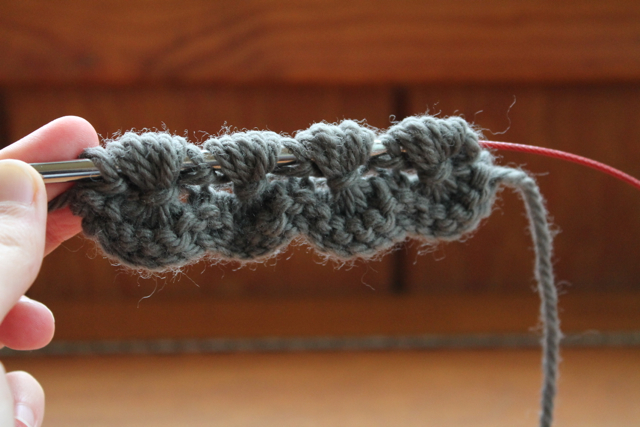 Rounds 4 and 5: These are simple enough: knit one round, then purl one round. Here’s what it looks like when you’re done:
Rounds 4 and 5: These are simple enough: knit one round, then purl one round. Here’s what it looks like when you’re done:
 Notice that the wraps are a little off-center. That’s okay–all you have to do is push them up with your finger (they’ll stay where you put them):
Notice that the wraps are a little off-center. That’s okay–all you have to do is push them up with your finger (they’ll stay where you put them):
Foldable/Collapsible Lightbox Tutorial
As promised, here are the instructions for the collapsible lightbox! Disclaimer: my wonderful husband put the thing together, I just took all the pictures.
Please note that this takes a while to put together. Give yourself at least three or four hours.
Step 1: Assemble the following materials:
-Large cardboard box (this one is 24x18x18)
-Roll of tracing paper
-Roll of double-sided Velcro tape
-Clear packing tape
-utility knife/box cutter
-Scissors
-Ruler
-Pencil
-A large white piece of stiff paper, at least as wide as your box
-(optional) Additional pieces of stiff paper in other colors, if you’d like to have a few different backdrops
We got everything from an artists’ supply store except the box, which we got from the local hardware store. Total cost for everything was about $30.
Step 2: If your box isn’t pre-assembled, tape down the bottom flaps. Using the utility knife, cut the box open along the sides.
Step 3: Measure one and a half to two inches from the edge on three of the panels and mark rectangles with the pencil and ruler. Using the utility knife again, cut out the panels (it’s a good idea to put something underneath so you don’t cut into the floor).
Step 4: Cut short strips of Velcro tape and affix to the corners of each panel so the sides are held together.
Step 5: Cut pieces of tracing paper to fit over the cutouts in the panels. Trim tracing paper to size and use packing tape to secure.
Step 6: At this point, we determined that the sides were a bit floppy because our box wasn’t the sturdiest one around. If you have this problem, you can do what we did: cut narrow support pieces out of waste cardboard and tape in place.
Step 7: Cut the heavy white piece of paper so it just fits the width of the box. Cut to desired length and affix pieces of Velcro tape to the paper and to the inside of the box to hold the backdrop in place. Repeat with any other backdrops, making sure they fit properly inside the box.
Step 8: (optional) If you find it difficult to pull the Velcro tabs apart quickly (we did), cut small bits of cardboard to use as pull tabs and tape in place. You can also put small pieces of tracing paper over the back of the Velcro strips, although this is mostly just for aesthetic value.
The lightbox is now completed!
We determined the best way to fold it up was to fold the side panels in, then fold the bottom up over it, leaving the top flat. It still takes up some room, but it’s easy to stick the flat box in the back of a closet.
Lights can be set up so they shine through the tracing paper and give nice, even lighting to your subject. Here are a few shots of the box in action:
If you make a box using this tutorial, I’d love to hear how it goes!






